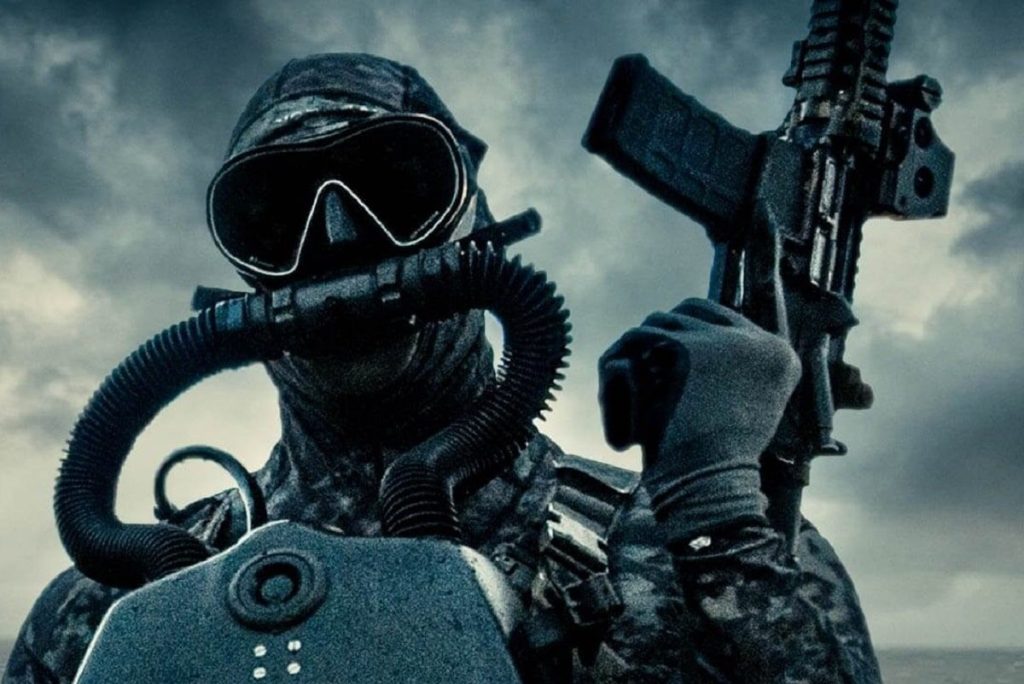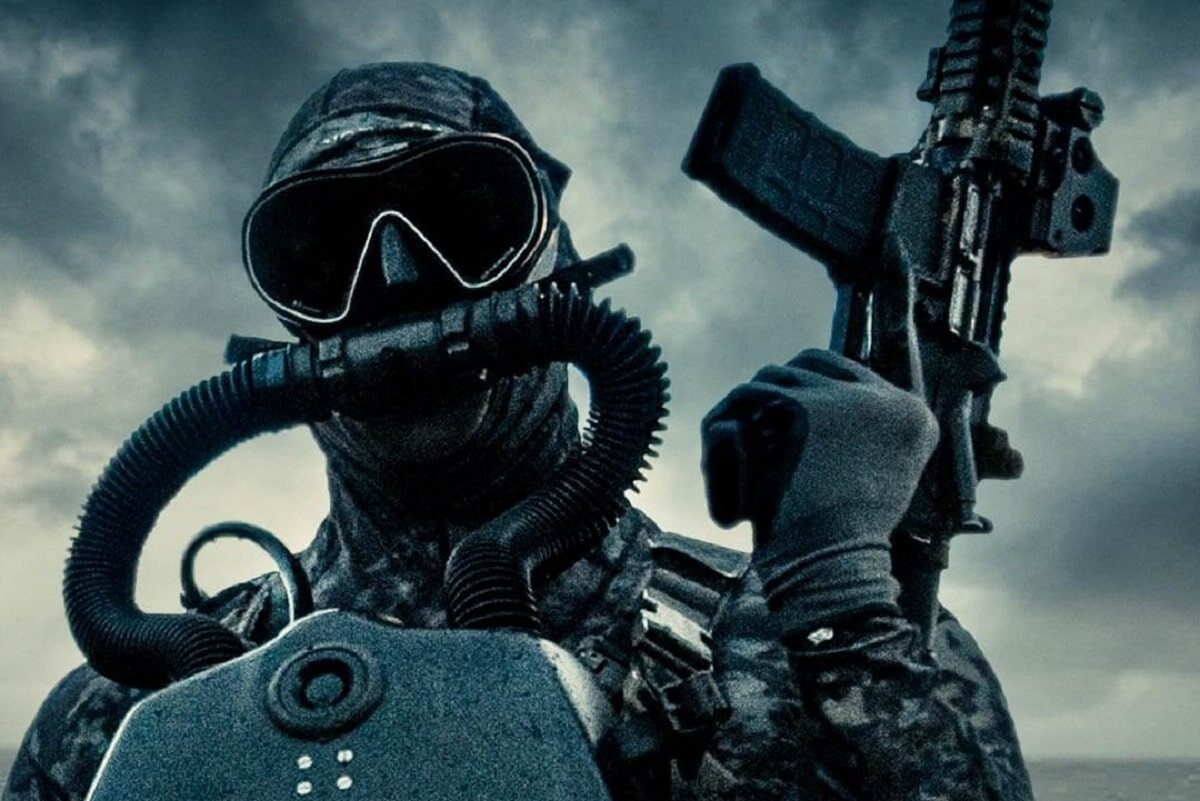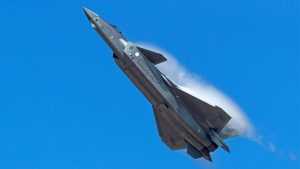The Navy’s SEALs are the most recognizable of America’s special forces. Within the last two decades, they have accomplished everything.

From the Army’s Green Berets and Rangers to the Air Force’s Combat Controllers, Special Reconnaissance, and Para-Rescue to the Marine Corps Raiders and the Navy’s SEAL Teams, all of America’s special operators are distinct.
They have distinct selection, evaluation, and training requirements. Nonetheless, each unit’s tenets are very similar. They need physically fit, self-assured operators who can think on their feet under extreme stress and never give up.
The Navy’s SEALs are the most recognizable of America’s special forces. Over the past two decades, they have been the topic of innumerable novels, films, television shows, and news articles. In reality, Hollywood is ready to dramatize the story of another SEAL hero who sacrificed his life to protect his countrymen and teammates.
While SEAL Teams can operate in any environment, including deserts, jungles, mountains, and even the Arctic, the Sea, Air, and Land Teams’ (SEAL) core mission is maritime. They originate from the sea and return to it.
Like the Army’s Special Forces, the Navy’s SEAL lineage originates from the terrible fighting of World War Two. The Navy initiated the Frogman program after the U.S. island-hopping campaign in the Pacific against the Japanese revealed the need to inspect and clear beach obstructions and reefs.
These amphibious operations on a large scale were novel, and the military was learning on the job. The Frogmen became Underwater Demolition Teams (UDT), and the OSS Maritime Unit is the predecessor of the modern SEAL Teams. They cleared beaches in the Pacific and France in preparation for the D-Day invasion.
Underwater demolition teams fought throughout the Korean War, primarily to clear the way for the 1950 Inchon landings. It convinced UDT officers to introduce airborne operations into training as early as 1951.
After chosen teams visited the Army’s jump school at Ft. Benning, it became commonplace for SEALs to train alongside Army personnel during jump operations. In 1959, UDTs joined the 77th (later the 7th) Special Forces Group for advanced airborne training; Green Berets received SCUBA training in exchange.
It began a long, profitable cooperation with Army Special Forces that continued when the UDTs became SEAL Teams.
At Okinawa, the SEALS and Special Forces trained together in aerial operations and various diving skills.
These contacts would benefit both groups in the forthcoming Vietnam conflict.
In 1962, SEALs were dispatched to Vietnam to train and battle alongside our South Vietnamese friends.
Often operating independently from SEAL Teams One and Two, SEAL platoons conduct day and night ambushes, hit-and-run raids, reconnaissance patrols, and intelligence collection operations. The Viet Cong called them “men with green faces” because of the face concealment they wore.
SEALs and Special Forces were members of the Military Assistance Command—Vietnam Studies and Observations Group (MACV-SOG), commonly called SOG. The casualty rate among SOG personnel exceeded 100%.
During the Vietnam War, a total of 46 SEALs perished in service. Lieutenant Bob Kerrey, Lieutenant Tom Norris, and EM2 Mike Thornton were awarded the Medal of Honor during the war.
SEAL platoons distinguished themselves during the invasion of Grenada (Operation Urgent Fury), the effort to remove the dictator of Panama, Manuel Noriega (Operation Just Cause), and the First Gulf War.
As part of the new Special Operations Command (SOCOM), all U.S. and allied partner nation special forces units worked under a shared, unified command that provided joint interoperability throughout the Global War on Terror (GWOT) following 9/11. From the oceans to the mountains of Afghanistan to the deserts of Iraq, SEALs brought the war to the terrorists.
In April 2009, SEALs rescued the Maersk Alabama’s captain, Richard Phillips.
In May 2011, the CIA identified al-Qaeda leader Usama bin Laden’s whereabouts as a huge home in Pakistan. SEAL Team Six (DEVGRU) members performed an operation deep within Pakistan, killed bin Laden and some of his subordinates, and returned to Afghanistan without casualties.
Training to become a Navy SEAL is lengthy and arduous; the SEALs boast that theirs is the most difficult training of any U.S. military special operator.
The first barrier for prospective SEALs is the renowned BUD/S training, which consists of 24 weeks of rigorous physical exercise. During “Hell Week,” applicants are kept awake for virtually the full five-and-a-half days of training, during which they are exposed to the elements and tired. This region is where most DORs (drops on request) occur. Potential SEALs must then complete the combat diving and land warfare training phases.
It is followed by an additional 27 weeks of training, which includes Jump School and SEAL Qualification Training. Successful candidates will subsequently be assigned to a SEAL platoon after receiving the coveted SEAL Trident.
Yet, only a small percentage of those who volunteered have graduated. As one of the “truths” of the special forces, “SOF cannot be mass-produced.”
Like Special Forces doctors, SEAL medics are the most valuable members of any squad. Similar to other SOCOM forces, SEALs frequently operate away from conventional backup. And SEAL medics are the lifeline for the host nation’s U.S. and other partner forces.
The Tactical Medical Cell now oversees Tactical Combat Critical Care (TCCC) and Prolonged Field Care (PFC) training for SEALs. Formerly, SEALs attended the Army’s Special Forces Medical Sergeants’ School (TMC).
Special Operations Tactical Medic (SOTM) training is mandatory for all SEALs and SWCC operators. SOTM is a 28-week program with four distinct phases. This training includes IV treatment, dive medicine, prehospital trauma life support (PHTLS), trauma, airway, and patient assessment.
The Navy SEALs descended from WWII’s small teams of frogmen and UDTs, continue to serve the nation’s interests in all four corners of the globe. According to their philosophy, the only easy day was yesterday.






